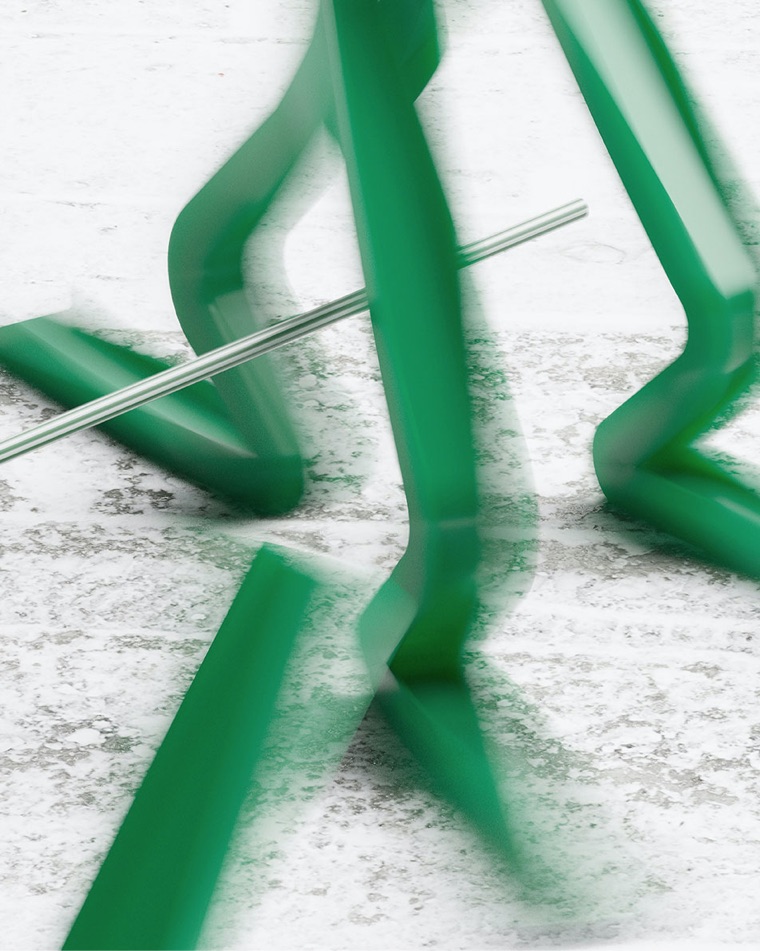
The crying beam
Andrei Barbu
04-04-2023 until 04-09-2023
As kids, we used to lie in the grass on warm summer days, looking at the clouds, searching for faces or animals. We, humans, do this every day everywhere we look. We look at the front of a car and see a human face. We look at a bent metal beam and see a human figure.
Now, imagine a future in which we are surrounded by technological objects explicitly designed to be perceived by us as fellow humans. A world the PR departments of Artificial Intelligence and robotics firms tell us is going to be paradise.
In his work, Andrei attempts to pull the rug from under this techno-fantasy by suggesting that these human-like objects no longer exist when no humans are around to perceive them.
These technological objects are only perceived by us as human because our mind gives these objects that quality. That front of a car is just the front of a car. It only becomes a face in your mind by the power of your mind.
What’s more, when they do exist in our observation, qualities we ascribe to these objects change depending on the environment or situation in which we encounter them.
The Crying Beam is a series of works that result from a research project in which Andrei Barbu examines these notions. The series centres around a metal beam, much like H-channels that are used in construction works. The metal beam is bent to resemble a human figure. In earlier photographic prints, Andrei placed the beam in different environments and surrounded them by different objects. As a result, the figures take on different poses, from kneeling to running, and appear to express different emotions.
For his exhibition at gallery Gallery, Andrei turned The Crying Beam into a gigantic sculpture in Augmented Reality (AR). The effort and technology needed to see the work make this figure disappear when we stop trying. Despite the object’s size.
The surrounding area of our Ploshtadka gallery space, with its run-down socialist apartment blocks and half-finished constructions on restituted plots, acts like a natural habitat for these figures. It is as if such figures could pop up from behind each block and around every corner as if they are secretly already taking over our world.
Andrei Barbu is trying, alongside other young architects at this moment, to reach a general and future-proof direction for his practice. He sees the uncertain boundaries of the domain and the future possibilities as means to deal with the present in a “sportive” manner, picking from and relating to an ever-moving cultural context.